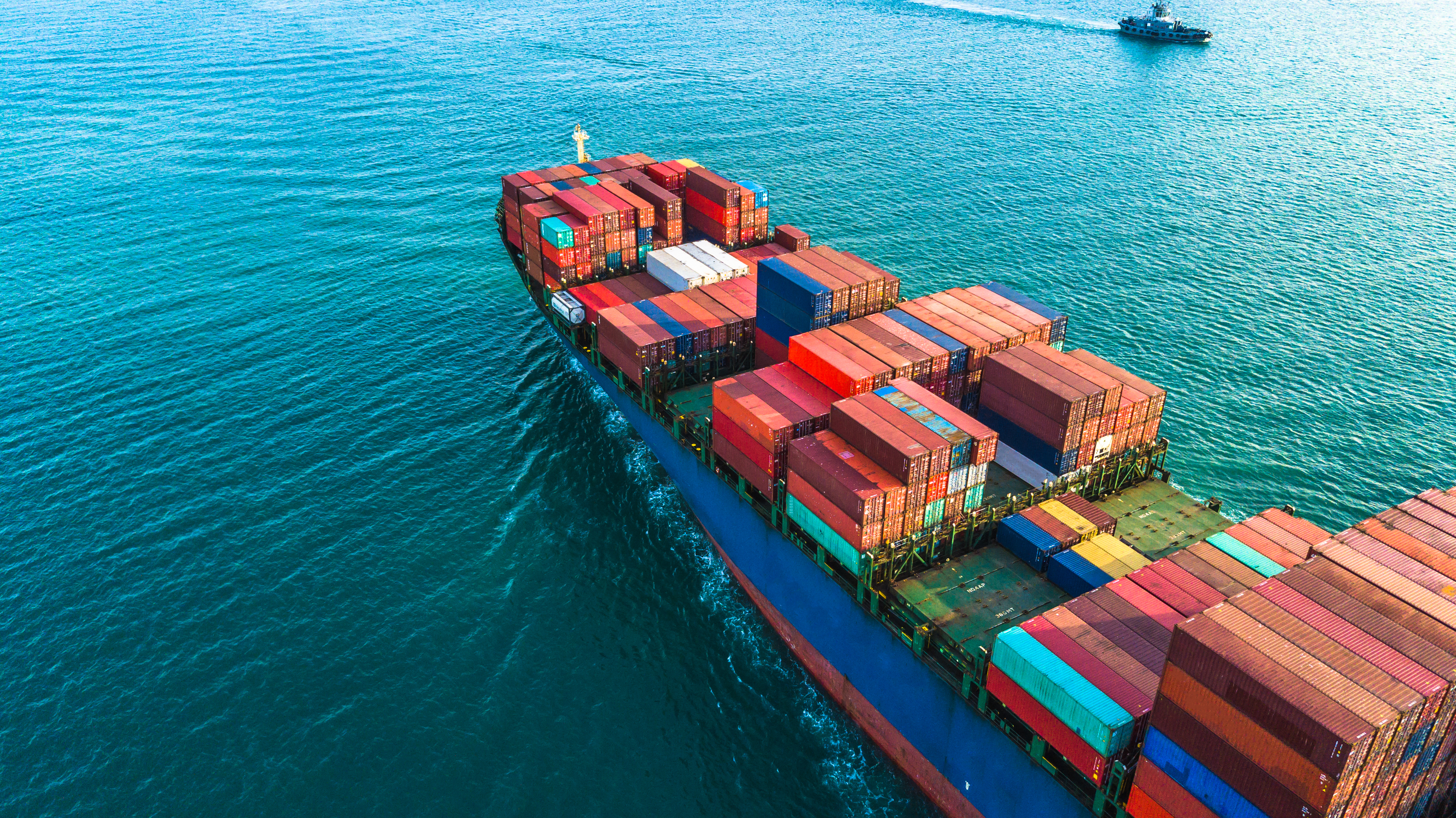Further turbulence in international aviation injury compensation
By Andrew Tulloch and Timothy Coghlan
The recent decision of Justice Rothman in the NSW Supreme Court in Evans v Air Canada [2023] NSW SC1535 may only serve to have further muddied the waters rather than clarify similar matters.
In brief
The recent decision of Justice Rothman in the NSW Supreme Court in Evans v Air Canada [2023] NSW SC1535 concerned two motions to determine preliminary questions regarding applicable compensation for injury sustained in international air carriage. However this decision may have only served to have further muddied the waters rather than clarified matters, as there are different findings by other judges on similar issues.
Background
Claims were brought by a mother and daughter for compensation for injuries, both physical and psychological, allegedly sustained when an aircraft flying to Sydney encountered turbulence.
Proceedings were commenced in June 2021 and in its defence Air Canada admitted the Civil Aviation (Carriers' Liability) Act 1959 (CACL Act) and the Montreal Convention 1999 (the Convention) applied to the claims but pleaded that the claims should be determined in accordance with the Civil Liability Act 2002 (NSW) (CLA) and that the cap on personal injuries damages in Article 21 of the Convention applied.
By reply, the plaintiffs did not admit the application of the CLA and also pleaded that the Article 21 cap did not apply as Air Canada's International Tariff General Rules (the Tariff) provided that there would be no limits on compensatory damages in respect of personal injury.
Questions
The parties submitted two questions for preliminary determination by the court:
-
Does Rule 105(C) (of the Tariff) provide and have the effect that if this court assesses each plaintiffs' compensatory damages in Australian dollars in an amount in excess of $128,821 Special Drawing Rights (SDRs), each is entitled to recover that sum from the defendant even if the defendant can prove that the damages were not due to the negligence or other wrongful act or omission of the carrier or its servants or agents or such damage was solely due to the negligence or other wrongful act or omission of a third party? (the Plaintiffs' question)
-
Does Part 2 of the CLA apply to the determination of the quantum of any damages recoverable by the plaintiffs? (the Defendant's question)
The Tariff
It was agreed between the parties that the Tariff formed part of the contract of carriage. Relevantly it provided:
"Rule 105(B)(5)
For the purpose of international carriage governed by the Montreal Convention, the liability rule set out in the Montreal Convention are fully incorporated herein and shall supersede and prevail over any provisions of this Tariff which may be inconsistent with those rules.
Rule 105(C) - Limitation of Liability
1. Where the Montreal Convention applies, the limits of liability are as follows:
(a) There are no financial limits in respect of death or bodily injury"
The Plaintiffs' question
Air Canada maintained that the retention of rule 105(C) was merely to reflect the so called "second tier" of compensation under the Montreal Convention pursuant to which, where damages exceed the SDR limit, the carrier can limit liability to the threshold amount only by demonstrating that the damages were not caused by its negligence.
However, the judge rejected that submission finding the wording of the Tariff was so clear and unambiguous that to interpret it as Air Canada submitted "would be to detract from the contract's synergy and commercial sense".
He accordingly answered the plaintiffs' question: Yes.
The Defendant's question
Part 2 of the CLA applies to personal injury damages (except where those damages arise from a type of civil liability which is excluded from the CLA as a whole) and applies regardless of whether the claim is brought in tort, contract, under statute or otherwise (section 11A(2)).
Air Canada maintained that the question turned on whether the CLA (being a State Act) should be picked up by the Judiciary Act 1993 (Cth) and applied to claims as a surrogate federal law.
The same question had been considered by Griffiths J in Grueff v Virgin Australia (2021) 395 ALR 249 who held that the CLA provisions were applicable and by Stewart J in Bradshaw v Emirates (2021) 395 ALR 97, who held the CLA provisions were not applicable.
Accordingly, consideration was given by Justice Rothman as to which approach was correct and should be preferred.
Justice Rothman, after considering the reasoning in each of the judgments, noted that both judges were in agreement that the Convention should be construed as leaving compensatory damages to be determined in accordance with domestic law. The controversy lay in whether that law required recourse to any laws of the State by utilising section 70 and 80 of the Judiciary Act.
Section 80 required the court to undertake a two-step test, namely whether the Montreal Convention was "insufficient" to carry itself into effect with respect to the heads of assessment of damages for causes of action under Article 17(1) of the Convention, or alternatively fails to "provide adequate remedies" and, second, is the CLA "inconsistent" with the Convention.
Although Stewart J in Bradshaw considered that the right to recover damages provided by the Convention should be carried into effect without the statutory overlay of a particular State or Territory being applied, Justice Rothman did not agree with that construction. He considered the inescapable conclusion was that there was a gap in the Convention as to the compensation available to passengers for bodily injury and that gap required courts to select and use domestic law to determine the issue.
Stewart J in Bradshaw saw the limits and thresholds imposed by the CLA were incompatible with the Convention scheme and the definition of "injury" under the CLA could not be reconciled with the definition of "bodily injury" under the Convention.
Rothman J agreed with Griffith J that applying the correctly identified domestic law could not be said to be inconsistent with the Convention. In his view the Convention left to the domestic law the issue of the heads of loss available and the quantification of damages for bodily injury just as it left to the domestic law the issue of what is a bodily injury. He was satisfied that section 80 of the Judiciary Act rendered applicable Part 2 of the CLA to the claims brought pursuant to the Convention and the CACL Act.
Rothman J also noted that it was accepted by the parties that the incident giving rise to the plaintiff's injuries was not caused by negligence. The question then was whether the CLA applied in these circumstances. The long title of the CLA referred to it as "an Act to make provision in relation to the recovery of damages for death and personal injury caused by the fault of a person …". Stewart J in Bradshaw considered applying Part 2 to injury not caused by the fault of a person created a conflict with the long title of the CLA such that it should only be applied to fault based liability to avoid such a conflict.
However, by amendment of the original wording, under section 11 of the CLA personal injury damages were defined as damages that relate to the death of or injury to a person, without any reference to fault. Justice Rothman did not consider that weight should be given to the long title of the Act in the circumstances and that giving the words in section 11A their natural and ordinary meaning did not create any conflict for the purpose of the Act. He accordingly found that Part 2 of the CLA would be applicable despite the claims being in the category of "no fault" claims.
In all the circumstances he answered the Defendants' question: Yes.
Conclusion
While the decision of Rothman J in Evans v Air Canada adds support to the view that State domestic statute law should be applied to the determination of quantum of damages under the Convention, it remains a point of contention which would probably be best finally determined by the High Court of Australia for the sake of certainty.
It is noted that the decision of Keogh J in the Supreme Court of Victoria in De Falco v Emirates (2018) 57 VR 394 (in which the judge took a similar view to Stewart J about the application of State statute laws to compensation under the CACL Act) was not referred to in the Evans v Air Canada case nor apparently considered by Rothman J.
Until there is any further determination by a court of appeal or, ideally, the High Court it seems likely that there will continue to be a divide between the views expressed by single judges in the Federal Court of Australia and those in the State courts, neither court being bound to follow the decisions of the other.
It will be interesting to see whether an appeal is pursued in the circumstances.


